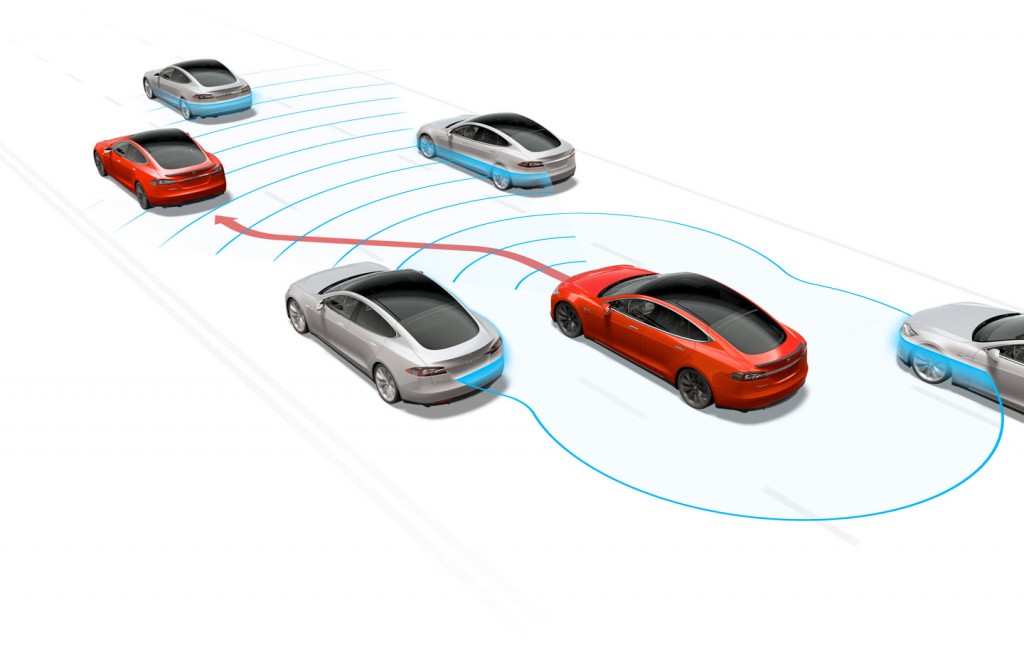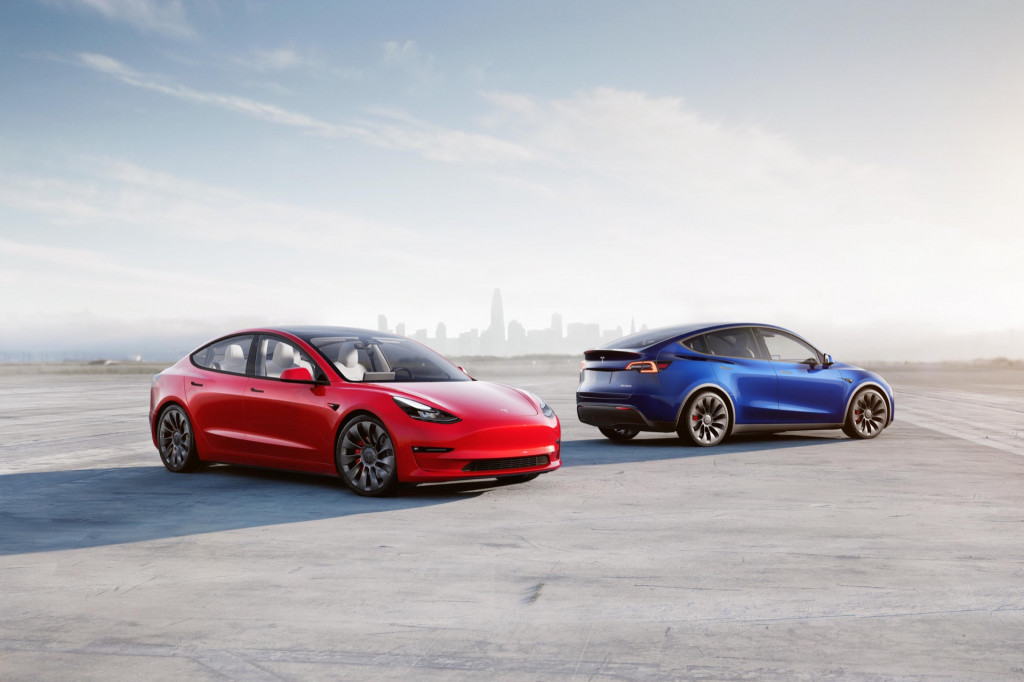The cost of Tesla’s controversially named premium driver-assistance system, Full Self-Driving, will rise to $15,000 as of September 5, CEO Elon Musk confirmed on Sunday via Twitter.
The automaker is also rolling out a version (10.69) of its Full Self-Driving beta software that essentially allows more drivers to become beta-testers, fine-tuning how the software works on public roads.
After wide release of FSD Beta 10.69.2, price of FSD will rise to $15k in North America on September 5th.
Current price will be honored for orders made before Sept 5th, but delivered later.
— Elon Musk (@elonmusk) August 21, 2022
The price has been $12,000 since this past January, and it jumped to $10,000 in October 2020. The system cost just $5,000 to add to new Teslas until May 2019, when Tesla started a series of price hikes toward its original limited beta launch for FSD functionality.
Musk has long suggested that one of the goals of Full Self-Driving is to create a fleet of Tesla tobotaxis. Under that idea, owners might be able to put their vehicle to work as robotaxis operating on a Tesla Network when they don’t need it.
That plan included Tesla’s removal of a purchase option at the end of leases—a scenario that did indeed eventually play out earlier this year, albeit for what appears to be market reasons instead, as the value of used Teslas had increased considerably.
In 2020, amid those incremental price increases, Musk claimed that by the time the system gets full regulatory approval its value might be “in excess of $100,000.”

Tesla Autopilot sensor system
Tesla’s Autopilot suite of driver-assistance features includes adaptive cruise control and active lane control, while Enhanced Autopilot adds Navigate on Autopilot and Auto Lane Change functionality that will effectively handle the driving on-ramp to off-ramp, provided the driver is ready to take control at any time, immediately. Full Self-Driving adds Autosteer functionality on city streets and automated traffic and stop-sign recognition. Both are beta systems, but it should be noted that as SAE Level 2 systems, liability and responsibility will remain with the driver at all times, and the driver is expected to provide constant supervision.
Other manufacturers, such as Mercedes and Genesis, have offered similar systems for several model years.
In recent months, the pressure has built for Tesla to present the system in a way that acknowledges its limitations—a shift that could start with a renaming of the system. In June, the NHTSA opened an Engineering Analysis on Autopilot and expanded to all U.S. Tesla models with Autopilot, with the agency suggesting that drivers were relying on the system for more than assistance. That move brings the system just short of a safety recall.

2022 Tesla lineup (Courtesy of Tesla, Inc.)
The system has also faced increased pushback from high-profile safety advocates, including Ralph Nader, who earlier this month called Tesla’s deployment “one of the most dangerous and irresponsible actions by a car company in decades.” And last year the head of the NTSB called the use of Full Self-Driving “misleading and irresponsible.”
Last week, NHTSA sent a letter to Tesla, asking some pointed questions about how it gauges driver attentiveness and uses in-car cameras, with a September 19 response deadline.
The hike in the price of FSD adds to recent price hikes for Tesla vehicles—most recently in June adding another $3,000 to the base price of the popular Model Y.
In 2021 Tesla also introduced monthly subscription options for Full Self-Driving. Tesla hasn’t yet confirmed that those are being hiked as well, but that could be coming. At the current monthly rate of $199 (or $99 in some configurations), it will take more than six years for the up-front fee to make any sense.













